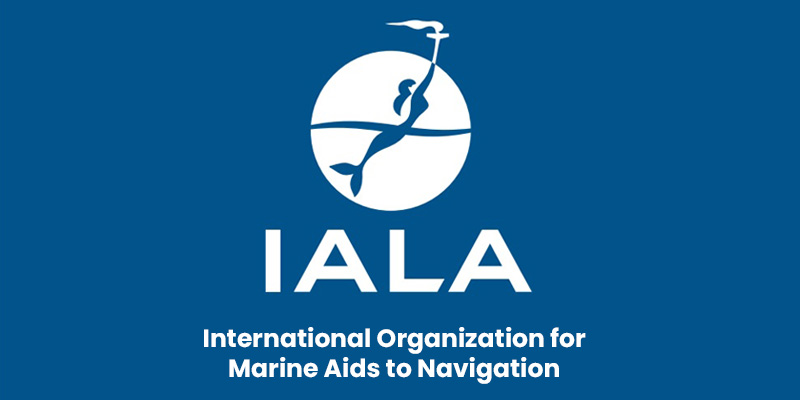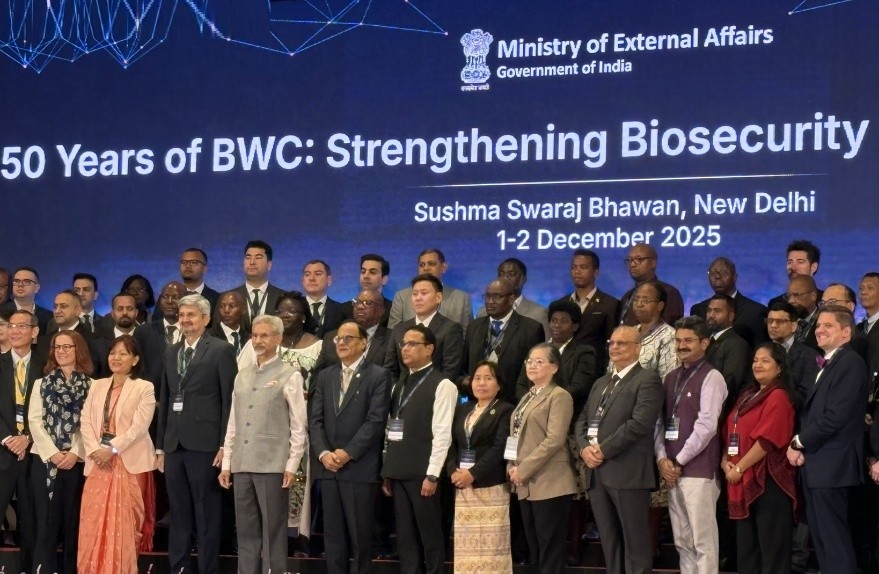Font size:
Print
Reviving the Multilingual Debate in India
Context:
As India once again finds itself in the midst of a heated debate over the Three-Language Formula (TLF), an ironic reality looms large—while policymakers argue over whether students should learn three or two languages, the nation is steadily moving toward an unofficial “English Only” policy.
More on News
- This shift, often seen as modernity, contradicts both common sense and expert recommendations in education.
- Instead of fostering India’s rich multilingual identity, this state-backed drift towards monolingualism signals a cognitive, cultural, and civilisational setback.
Understanding the Three-Language Formula
- As a Compromise: The Three-Language Formula (TLF), officially introduced in 1968, was a compromise aimed at balancing linguistic diversity and national integration. It proposed that:
- In Hindi-speaking states, students would learn Hindi, English, and a modern Indian language (preferably a South Indian language).
- In non-Hindi-speaking states, students would study their regional language, English, and Hindi.
- Inclusive Framework: This policy emerged in response to anti-Hindi protests in South India, reflecting the need for a pluralistic and inclusive language framework.
- Initially recommended by the Radhakrishnan Commission (1948-49) and later endorsed by the Kothari Commission, the formula was incorporated into India’s first and second Education Policies under Congress governments in the 1960s and 1980s.
Importance of Multilingual Education
- India is not merely plurilingual, where different communities speak different languages—it is multilingual, meaning that individuals and communities routinely use multiple languages in daily life.
- Given this reality, an education system should nurture and promote multilingualism, rather than restrict it.
- Studies have shown that multilingual education enhances cognitive flexibility, divergent thinking, scholastic achievement, creativity, and social tolerance.
- Linguists and educators—including D.P. Pattanayak and Ramakant Agnihotri—have emphasised that the TLF is not a limit on language learning but a foundation for expanding knowledge and fostering national unity (NCERT’s National Curriculum Framework, 2005).
- In fact, experts argue that children can learn more than three languages, as acquiring additional languages enhances their ability to learn their first and second languages.
Renewed Political Controversy
- The latest round of debate over the TLF has been sparked by the Union government’s decision to withhold education grants under the Samagra Shiksha Scheme from Tamil Nadu for not implementing the National Education Policy (NEP).
- Tamil Nadu Chief Minister M.K. Stalin has firmly rejected this move, citing the state’s long-standing opposition to the TLF, which it views as an attempt to impose Hindi.
- In response, Union Minister Dharmendra Pradhan insisted that Tamil Nadu must comply with the Constitution, to which Stalin challenged him to cite the specific constitutional provision mandating the TLF.
- Given Tamil Nadu’s assembly elections next year, this language dispute is likely to escalate in political significance.
- Tamil Nadu’s concerns are not unfounded.
-
- The Union government has interfered in state matters, such as the appointment of vice-chancellors, raising fears of over-centralisation in education policy.
- Using central funds as leverage to enforce the TLF only deepens these concerns.
Rethinking Tamil Nadu’s Opposition to TLF
- While the NEP has its flaws, the TLF is not one of them.
- In fact, the 2020 NEP actually dilutes the original formula by removing any explicit mention of Hindi.
- The revised version allows states to choose any three languages, as long as two of them are Indian languages.
- It even permits classical languages—such as Sanskrit and Tamil—to be counted toward this requirement.
- Thus, Tamil Nadu has the flexibility to implement the TLF without any fear of Hindi imposition. It could, for instance:
- Teach Tamil, English, and another South Indian language (Telugu, Malayalam, or Kannada).
- Teach Tamil, Classical Tamil, and English, mirroring the way Hindi-speaking states use Sanskrit as a third language.
- Instead of outright rejecting the TLF, Tamil Nadu could accept it—on the condition that it is uniformly applied across India.
- This would mean that if Tamil Nadu introduces Hindi, then Hindi-speaking states must also introduce Tamil or another South Indian language—as was originally intended in the 1968 policy.
Unequal Implementation
- One of the key reasons behind the resentment toward the TLF is that Hindi-speaking states have never fully adhered to the formula.
- The original agreement required Hindi states to teach another modern Indian language, preferably from the South.
- However, most Hindi-speaking states avoided this by introducing Sanskrit as the third language, allowing students to bypass learning another Indian language.
- In contrast, non-Hindi speakers were required to learn Hindi, creating an unequal and one-sided linguistic burden.
- Tamil Nadu’s opposition to TLF stems from this perceived imbalance, rather than an opposition to multilingual education itself.
Way Forward
If the Union government is genuinely committed to the TLF and not just Hindi imposition, it must:
- Stop using financial grants as a coercive tool for enforcing education policies.
- Call for a Chief Ministers’ meeting—just as was done in 1968—to build a national consensus on language education.
- Ensure that Hindi-speaking states comply with the spirit of TLF by introducing South Indian languages, rather than using Sanskrit as a loophole.
The Bigger Challenge: English Hegemony
- While the debate over Hindi vs. regional languages dominates headlines, the real elephant in the room is the dominance of English in India’s education system.
- The growing preference for English-only education, at the cost of Indian languages, represents a deeper cognitive and cultural shift.
- The challenge ahead is not just resisting state-imposed linguistic policies but also addressing the larger issue of English hegemony—which restricts access to education, employment, and social mobility for millions of Indians.


